‘Loewe Baskets’: two masters of bamboo take star turns at Milan Design Week

Returning to Milan Design Week for the fifth year running, Spanish luxury brand Loewe is exploring worldwide traditions of basketry, using its signature leather to elevate the likes of woven containers from South African collective Design Afrika, and baskets made from homegrown willow by Irish craftsman Joe Hogan. Among the 11-strong roster of talents are two of Japan’s foremost bamboo artists, Jiro Yonezawa and Hafu Matsumoto. They have been asked to swap their usual strips of bamboo for natural dyed Loewe leather, and see just where their creativity takes them. The resulting seven pieces are an exquisite marriage of technique and material.
Yonezawa’s three pieces are cocoons of leather interwoven with almost white strips of thin bamboo into various ornamental shapes. The twisting and turning kamakiri (Japanese for mantis) stands out for its organic shape, but his jizo, mimicking the small stone bodhisattva statues found throughout all of Japan and kaseki (fossil), a large softly curving stone-shape, are just as beautifully executed. ‘Unlike bamboo, leather is very soft and pliable, so I made cores from Styrofoam, wood and paper for integrity,’ he explains. All three pieces are snugly woven around these cores, giving the pieces a sculptural quality not usually associated with any weaving technique.

Jiro Yonezawa crafting Kaseki.
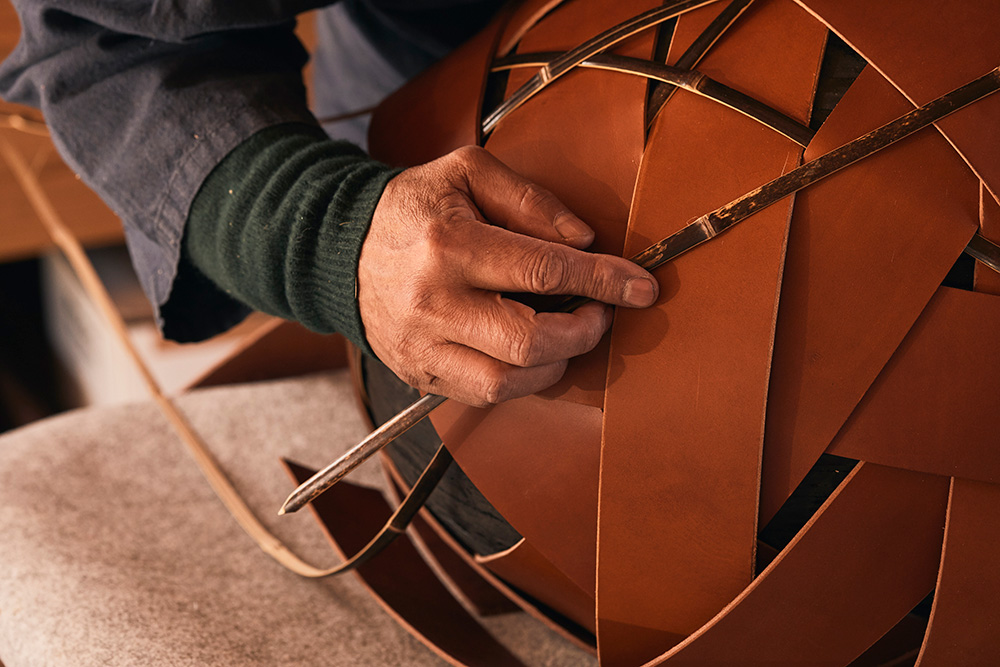
In his early twenties, Yonezawa lived next to a small bamboo forest and often thought he would one day like to make something out of the beautiful, tall bamboo. At 24, he spent a year at the Beppu vocational arts training centre learning the basics of traditional bamboo weaving, and then trained under master craftsman Masakazu Ono. After nearly two decades in the United States, he is now based in Saiki in the north of Kyushu, Japan.
Hafu Matsumoto, meanwhile took a more circuitous path to basketry. He aspired to become a photographer before he met and trained under Iizuka Shōkansai, a bamboo weaving genius and living national treasure of Japan. Matsumoto is now known for his mastery of the noshitake technique, which involves flattering whole pieces of bamboo into wide strips, heating them in warm water, and then twisting them into organic shapes. He has exhibited internationally, including at Ippodo Gallery in New York, where his work caught the attention of Loewe creative director Jonathan Anderson.
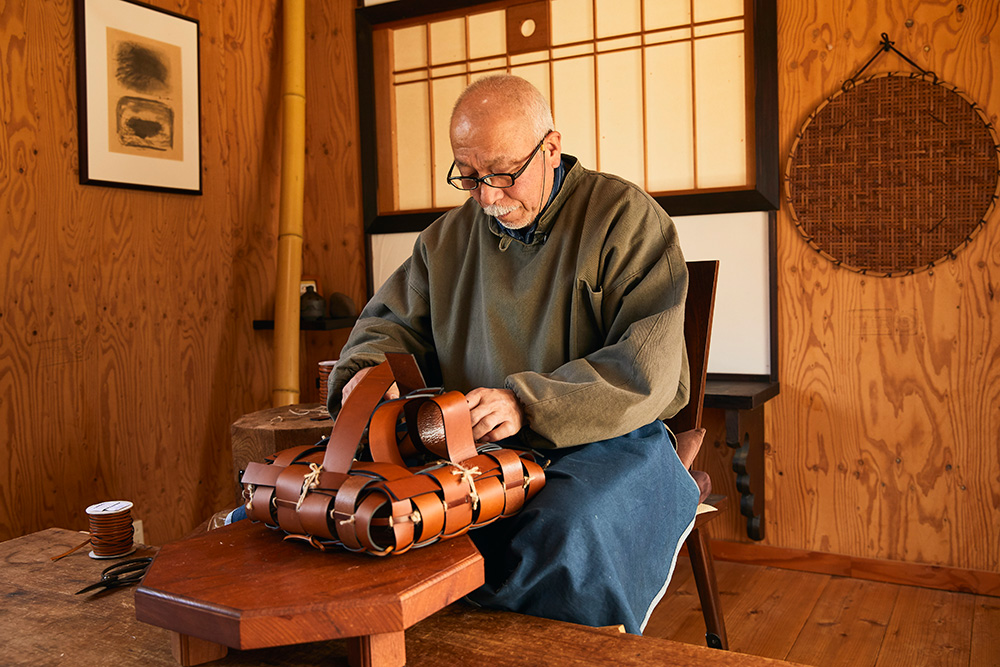
Hafu Matsumoto working on Creel.
Matsumoto’s contribution to Loewe’s collection takes the form of four spectacular baskets made of wide strips of leather and varying kinds of bamboo. ‘It was my first time working with leather, but I am used to working with wide strips of bamboo so, the actual weaving process wasn't that much different,’ Matsumoto explains. Like Yonezawa, he has used bamboo to structure and reinforce his pieces, but it is the leather that plays the leading role. His four pieces employ bamboo differently and vary in their expression, but his masterly integration of the two materials and superior technique are bound to make his baskets one of the main attractions when the ‘Loewe Baskets’ exhibition opens in Milan on 9 April.
INFORMATION
‘Loewe Baskets’ is on view from 9-14 April. For more information, see the May 2019 Salone Preview issue of Wallpaper* and visit the Loewe website
ADDRESS
Montenapoleone 21
Receive our daily digest of inspiration, escapism and design stories from around the world direct to your inbox.
Milan
Originally from Denmark, Jens H. Jensen has been calling Japan his home for almost two decades. Since 2014 he has worked with Wallpaper* as the Japan Editor. His main interests are architecture, crafts and design. Besides writing and editing, he consults numerous business in Japan and beyond and designs and build retail, residential and moving (read: vans) interiors.
-
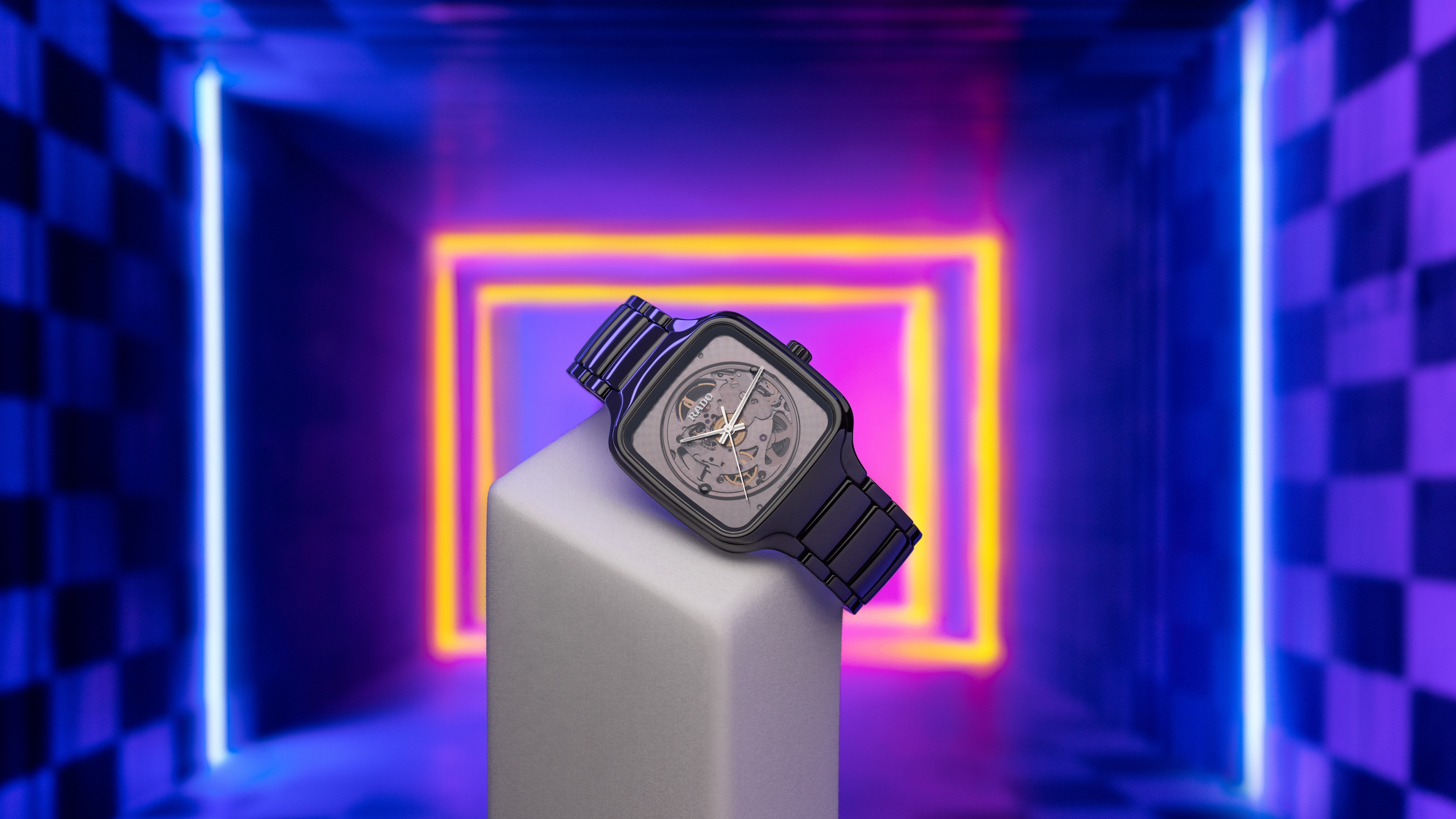 Why are the most memorable watch designers increasingly from outside the industry?
Why are the most memorable watch designers increasingly from outside the industry?Many of the most striking and influential watches of the 21st century have been designed by those outside of the industry’s mainstream. Is it only through the hiring of external designers that watch aesthetics really move on?
-
 This Fukasawa house is a contemporary take on the traditional wooden architecture of Japan
This Fukasawa house is a contemporary take on the traditional wooden architecture of JapanDesigned by MIDW, a house nestled in the south-west Tokyo district features contrasting spaces united by the calming rhythm of structural timber beams
-
 At last: a London hotel that’s great for groups and extended stays
At last: a London hotel that’s great for groups and extended staysThe July London Victoria, a new aparthotel concept just steps away from one of the city's busiest rail stations, is perfect for weekends and long-term visits alike
-
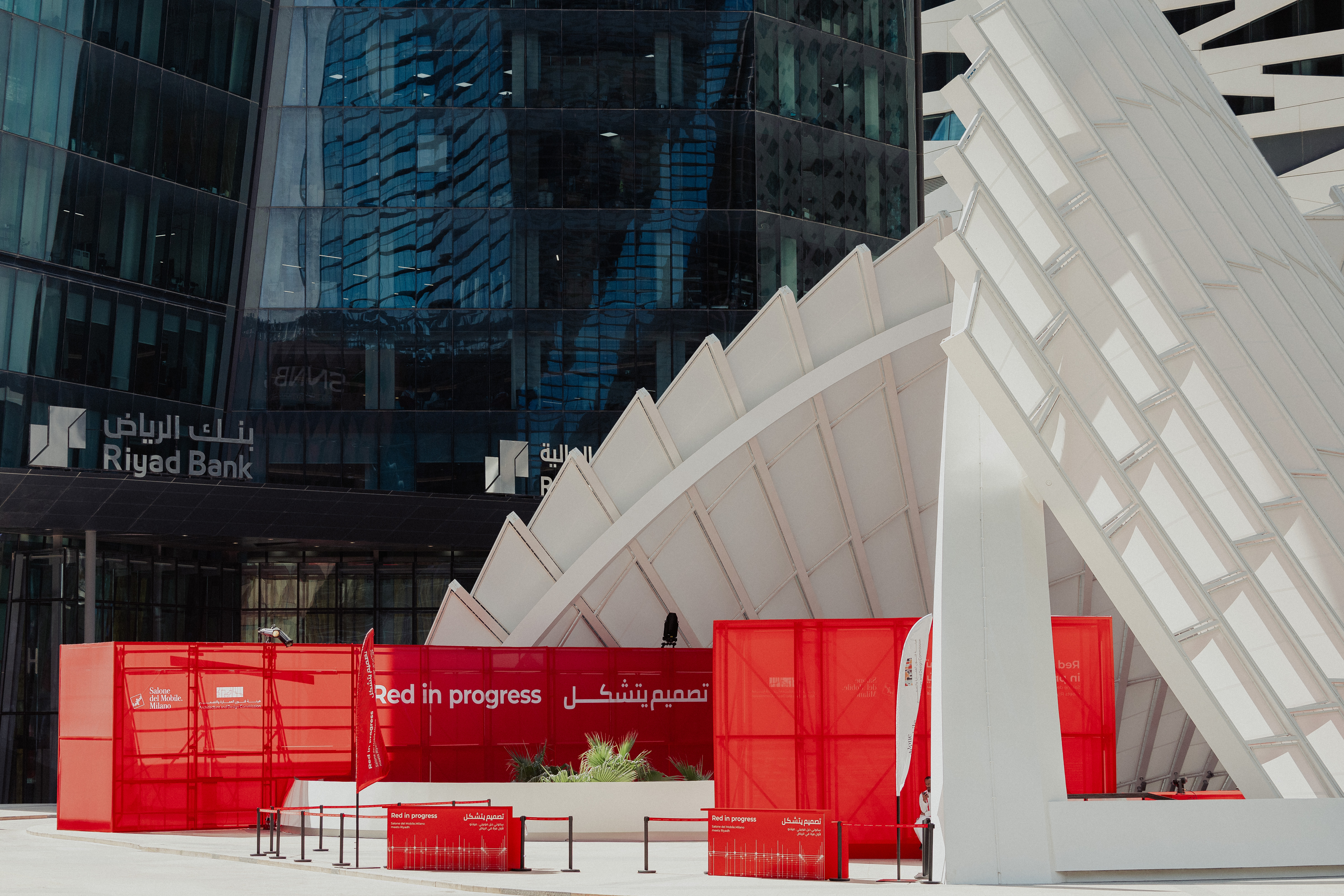 ‘Locally anchored and globally conversant’: Salone del Mobile debuts in Saudi Arabia
‘Locally anchored and globally conversant’: Salone del Mobile debuts in Saudi ArabiaSalone del Mobile lands in Riyadh (26-28 November 2025), bringing its creative and manufacturing know-how to one of the world’s fastest-growing markets and setting the stage for Italo-Saudi design relations
-
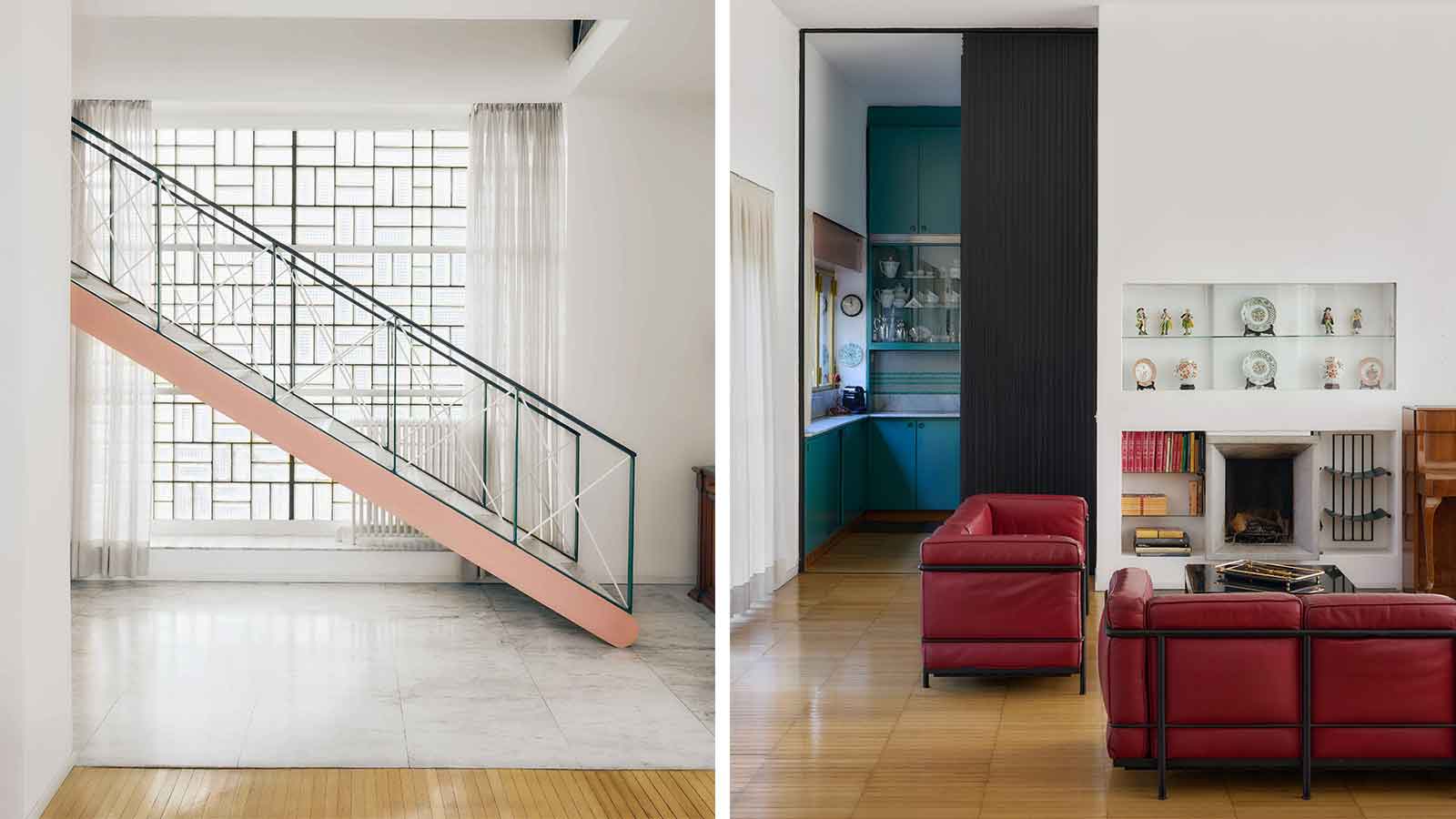 Alcova 2026 locations include a Rationalist gem and an abandoned church
Alcova 2026 locations include a Rationalist gem and an abandoned churchAlcova returns for an 11th edition in 2026 (20-26 April), once again opening up two exclusive Milanese locations, the Baggio Military Hospital and Franco Albini's Villa Pestarini
-
 Salone del Mobile 2026 will embrace collectible design with Salone Raritas
Salone del Mobile 2026 will embrace collectible design with Salone RaritasSalone del Mobile has Salone Raritas, a new exhibition space at the fair (21-26 April 2026), curated by Annalisa Rosso and designed by Formafantasma
-
 O Milano! Design's epic annual spectacle in photos
O Milano! Design's epic annual spectacle in photosCall us biased, but we believe that Milan Design Week is, at this moment in time, the greatest show on earth
-
 For its 24th edition, Triennale Milano's International Exhibition examines the theme of ‘Inequality’
For its 24th edition, Triennale Milano's International Exhibition examines the theme of ‘Inequality’The design institution shines a light on events such as the Grenfell disaster, climate crises and the Israel-Hamas war through architecture, art, products, technology and data
-
 ‘Romantic brutalism’ rethinks Polish craft
‘Romantic brutalism’ rethinks Polish craftAn exhibition in Warsaw gives local makers their due, looking inside the burgeoning world of Polish design
-
 Eight designers to know from Rossana Orlandi Gallery’s Milan Design Week 2025 exhibition
Eight designers to know from Rossana Orlandi Gallery’s Milan Design Week 2025 exhibitionWallpaper’s highlights from the mega-exhibition at Rossana Orlandi Gallery include some of the most compelling names in design today
-
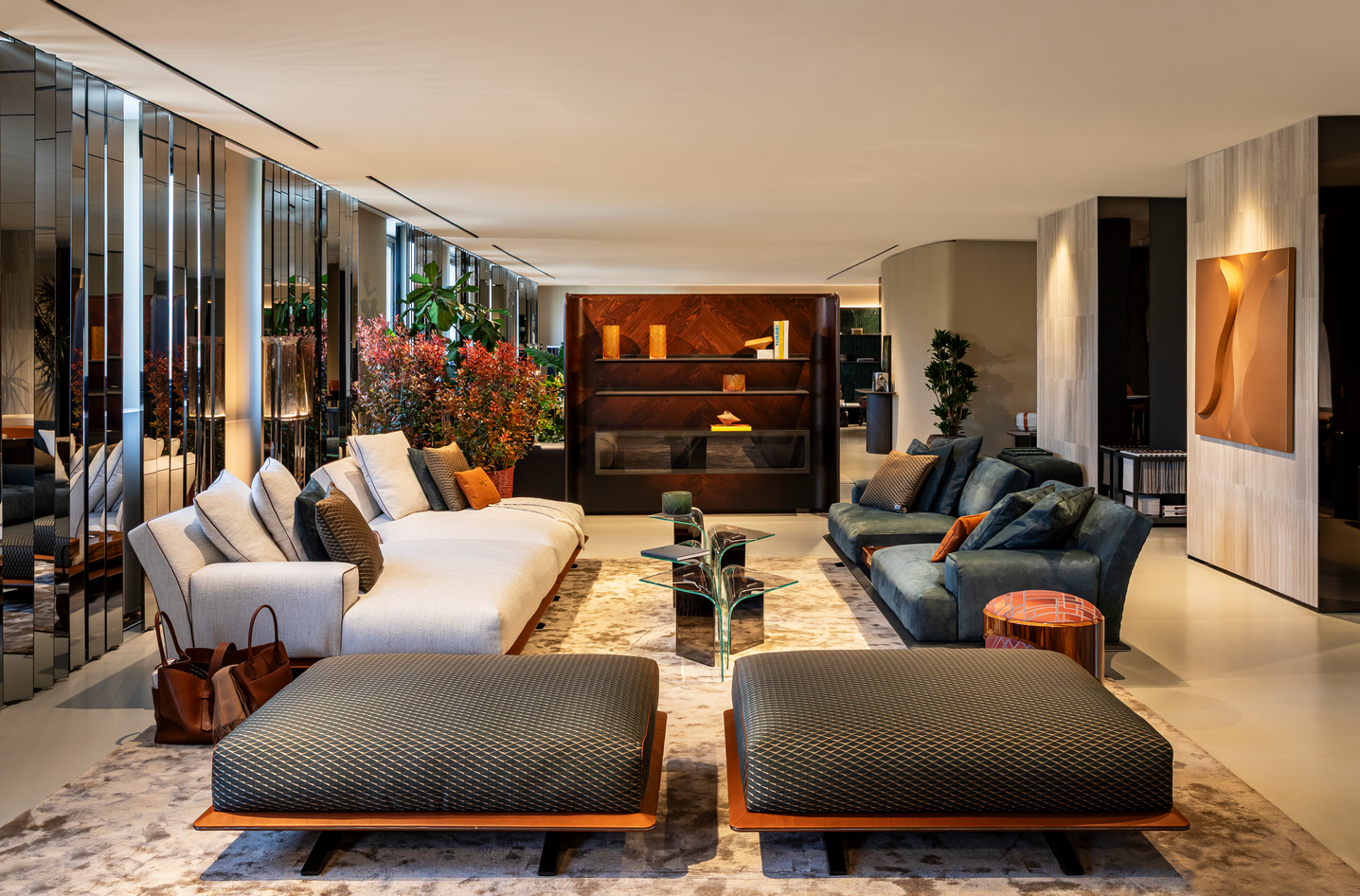 Bentley’s new home collections bring the ‘potency’ of its cars to Milan Design Week
Bentley’s new home collections bring the ‘potency’ of its cars to Milan Design WeekNew furniture, accessories and picnic pieces from Bentley Home take cues from the bold lines and smooth curves of Bentley Motors